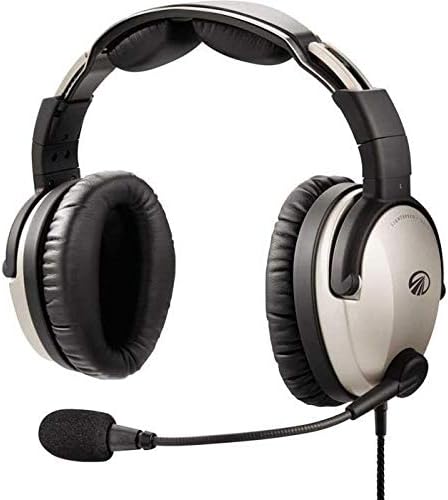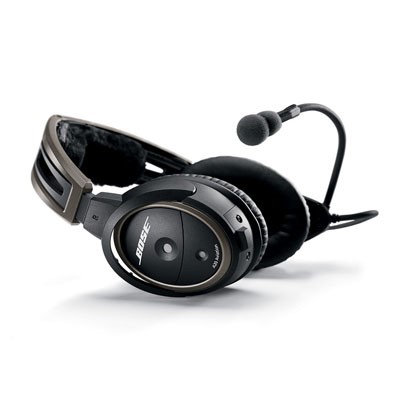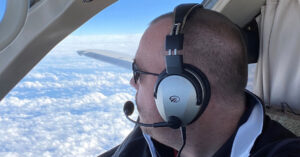Lightspeed Zulu 3 vs Bose A20 – Which Headsets Are Better For a Pilot?
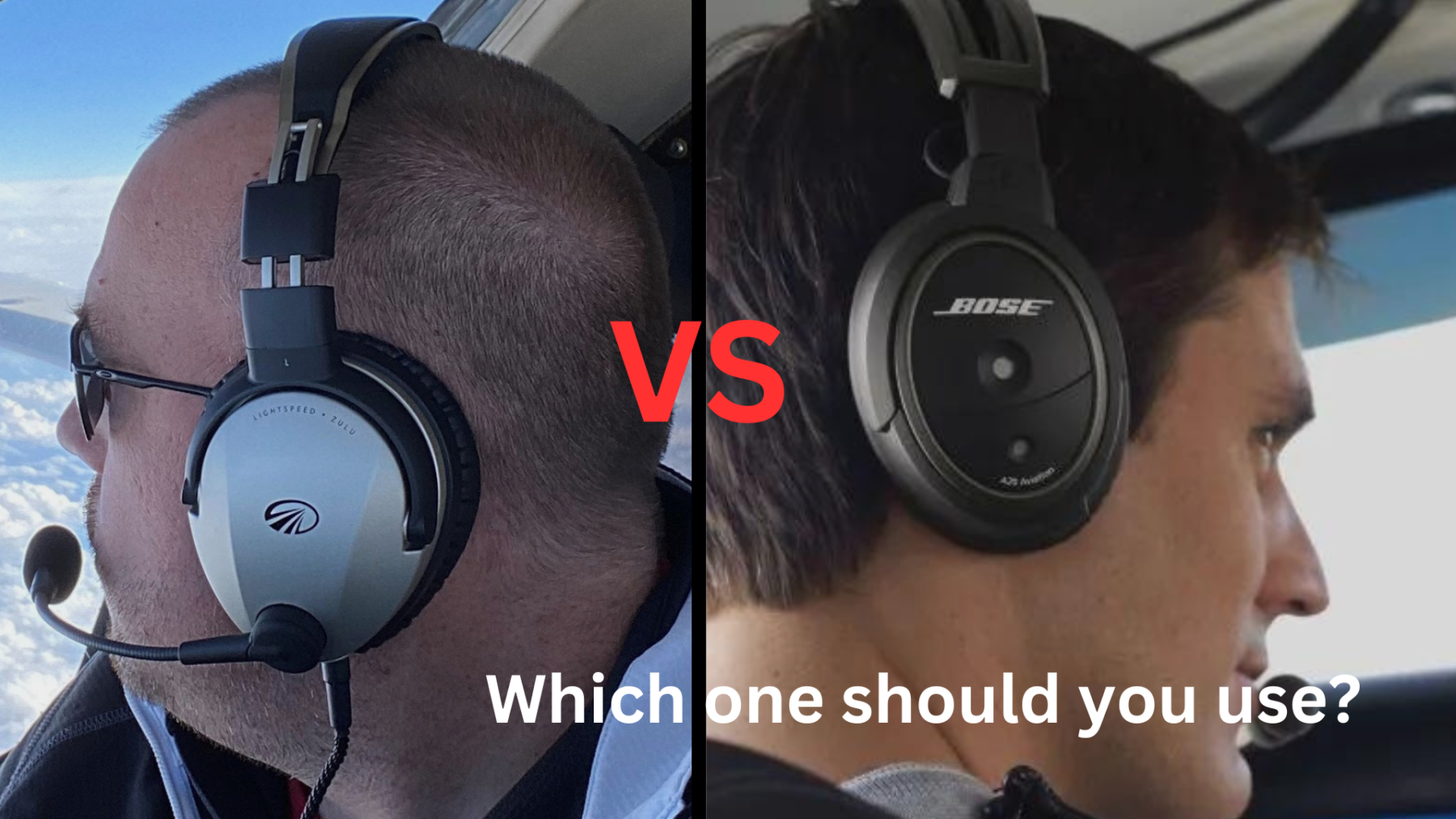
Have you ever wondered what sets a good flight apart for pilots? Among the essential tools for pilots are aviation headsets.
Two of the most talked-about headsets in the aviation community are the Lightspeed Zulu 3 and the Bose A20.
In this detailed comparison of Lightspeed Zulu 3 vs Bose A20, we´ll explore their features and benefits side by side.
By the end of the analysis, you´ll have a clearer understanding of which headset stands out, helping you decide whether to choose the zulu headset or the bose headset.
QuickView: Lightspeed Zulu 3 vs Bose A20
In-Depth Comparison of the Lightspeed Zulu 3 and Bose A20
Design and Comfort

Flying for hours on end demands comfort, especially for a pilot. The Lightspeed Zulu 3, with its slightly larger build, weighs around 14.6 ounces. Its robust construction hints at durability.
On the other hand, the Bose A20, weighing about 12 ounces, boasts a more minimalistic design. Pilots often rave about its comfort, even during extended flights. The ear cups on the Zulu 3 are generously padded and designed for long-haul flights.
In contrast, the Bose A20’s ear cups are sleeker, making them less cumbersome. Interestingly, the clamping force, which determines how snugly the headset fits, varies.
Bose A20 claims 30% less clamping pressure, ensuring comfort over prolonged use. The Zulu 3, while comfortable for short stints, might feel a tad tighter during longer flights.
For those interested in the latest from Bose, check out our Bose A30 review to see how it compares to its predecessors or go here to read our full hands on review of the best aviation headset.
Audio Quality
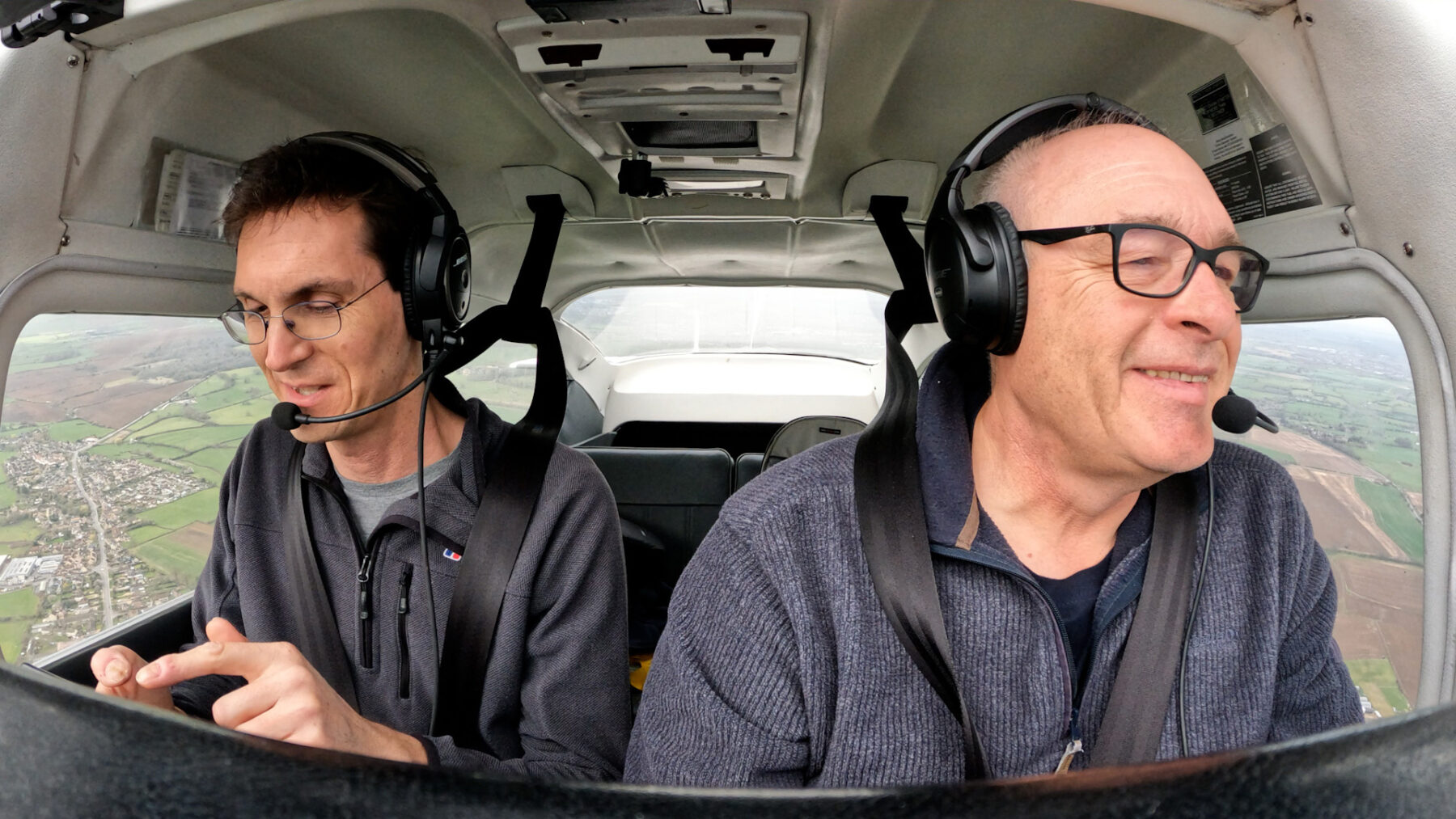
The engines’ roar and the atmosphere’s hum can be loud, posing a challenge for any pilot. That’s where noise cancellation comes into play.
The Zulu 3 headsets employs active noise cancellation technology, using microphones to counteract ambient sounds. It’s fascinating how this tech works: it produces sound waves that are the exact negative of the ambient noise, canceling it.
The Bose A20, a marvel in its own right, combines sound-blocking materials with active noise cancellation. Many pilots swear by Bose’s mastery in this domain.
Regarding frequency response, the Zulu 3 shines in the mid frequencies – crucial for clear voice communication. The Bose A20, while excellent, leans more towards the lower frequencies.
Microphone Quality

Clear communication is paramount for the pilot in the skies. Among the best pilot headsets, the Zulu 3 stands out. Its microphone boom is notably flexible, allowing pilots to adjust it to their liking. This headset also boasts an intuitive volume control system.
The Bose A20, while offering stellar sound quality, has a more rigid microphone boom. This might be a slight disadvantage for pilots with varying head sizes. The Zulu 3’s microphone can be adjusted to suit individual preferences, whereas the Bose A20’s is fixed.
A tidbit for the tech-savvy: the Bose A20 employs an electret microphone, converting voice into electric signals for more apparent transmission.
Connectivity and Compatibility
The Zulu 3 uses a standard 6-pin Lemo single-plug connector, compatible with most general aviation aircraft. The Bose A20, always a step ahead, employs a proprietary connector with dual plugs designed for its specific headsets.
This is specifically designed for the Bose Aircraft Interface Module (AIM). But here’s where the Bose A20 takes the cake: it offers Bluetooth wireless connectivity. This feature lets pilots sync their mobile devices, making in-flight entertainment or communication a breeze.
Both headsets come with an integrated control box, a handy tool for adjusting volume or switching between power sources. A fun fact: the control box on the Zulu 3 has a unique sound reduction feature, perfect for those who enjoy music during flights.
Battery Life and Power Options
Powering these technological marvels are AA batteries. The Zulu 3’s batteries can last an impressive 40 hours.
The Bose A20, not to be outdone, extends this to a whopping 45 hours. These batteries power the headsets and facilitate wireless music streaming via Bluetooth.
Both headsets allow pilots to switch between battery and airplane power, ensuring uninterrupted usage.
While these aviation headsets are optimized for flight, they can double up as music headsets. But a word of caution: at their price point, other dedicated music headphones might offer a richer audio experience.
Additional Features and Benefits Of The Best Pilot Headsets
Beyond its core features, the Bose A30 aviation headset has additional benefits designed for the modern pilot. Its ANR headset technology with Active Noise Cancellation is a game-changer, filtering out distractions and ensuring pristine audio quality.
Bluetooth connectivity offers pilots a world of possibilities, from music streaming to crucial calls during flights. Every feature and addition in this headsets showcases the latest innovation in aviation audio with the pilot in mind.
Price and Value Proposition – zulu 3 vs bose a20
Value for money is always a consideration, even for seasoned pilots. The Lightspeed Zulu 3 and the Bose A20 headsets have a premium price tag.
But what do they offer in return? The Zulu 3, with its robust design and superior mid-frequency response, is a solid choice for those who prioritize audio clarity. The Bose A20, with its unmatched comfort and advanced connectivity options, is perfect for tech-savvy pilots.
When weighing the pros and cons, it’s essential to consider individual preferences. Some might prioritize comfort over audio quality, while others want the best of both worlds.
Here’s a nugget of wisdom: the actual value of a product lies not just in its price but in the experience it offers.
Verdict
After a detailed analysis, it’s evident that the Lightspeed Zulu 3 and the Bose A20 are top-tier aviation headsets. Each has its strengths.
The Zulu 3 stands out for its audio quality and microphone flexibility.
The Bose A20 shines in terms of comfort and connectivity, making it one of the preferred headsets for many pilots.
Ultimately, the choice boils down to individual preferences. For pilots who prioritize clear communication and audio quality, the Zulu 3 might be the better pick.
For those who value comfort and advanced tech features, the Bose A20 could be the way to go.
A quirky fact to end this section: the first aviation headsets were introduced in the 1980s, and look how far we’ve come!
Lightspeed Zulu 3 vs Bose A20 Conclusion
The skies beckon, and with them, the need for impeccable gear. The Lightspeed Zulu 3 and the Bose A20 are formidable contenders in aviation headsets.
Each brings unique features to the table, catering to different needs and preferences. Pilots are spoilt for choice, whether it’s the robust design of the Zulu 3 or the unparalleled comfort of the Bose A20.
As we’ve seen, the right headset can make all the difference, ensuring clear communication, immersive audio experiences, and hours of comfortable wear.
Let the right headset be your trusted companion as you soar through the skies. Safe travels and clear skies ahead!

